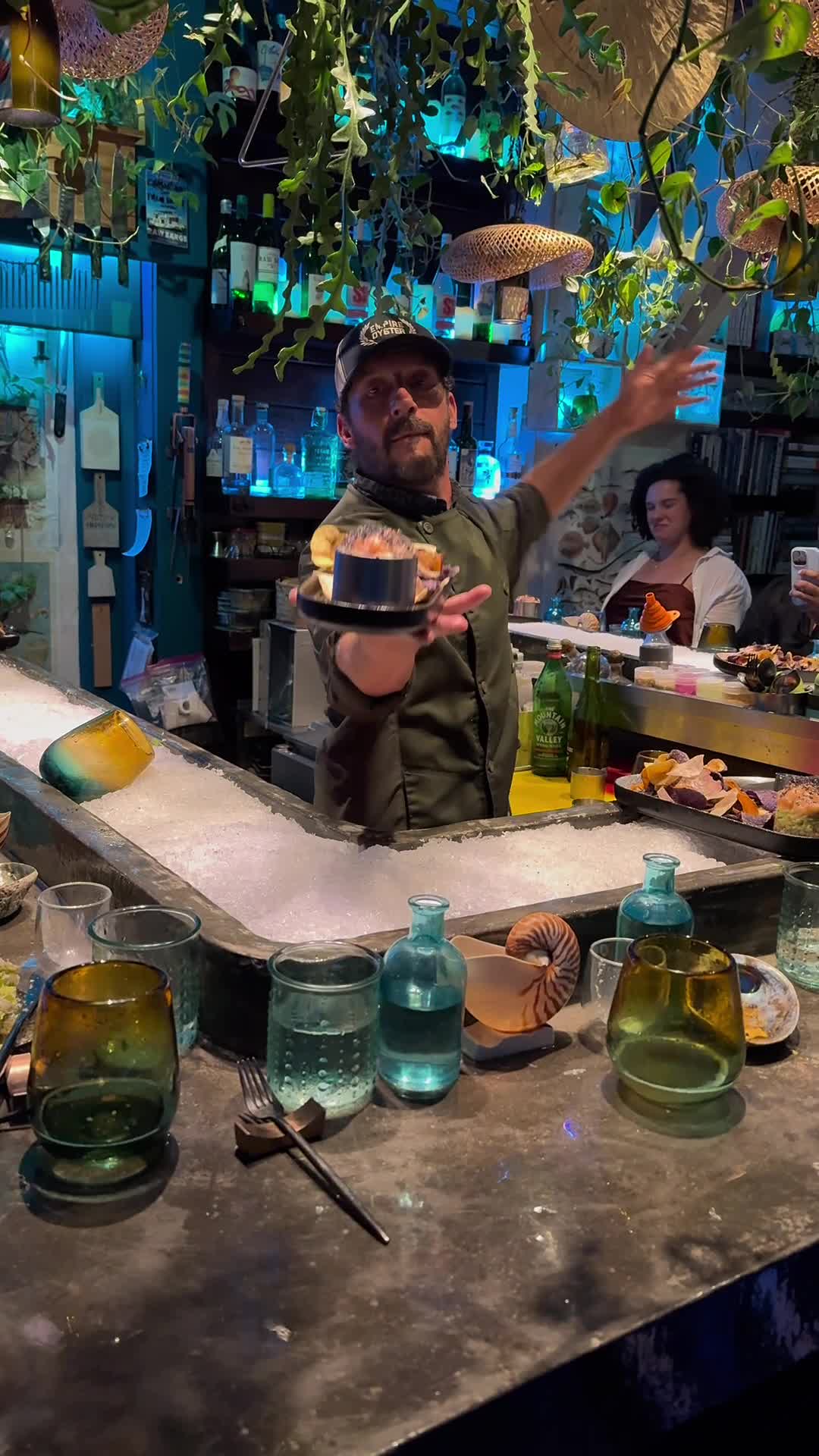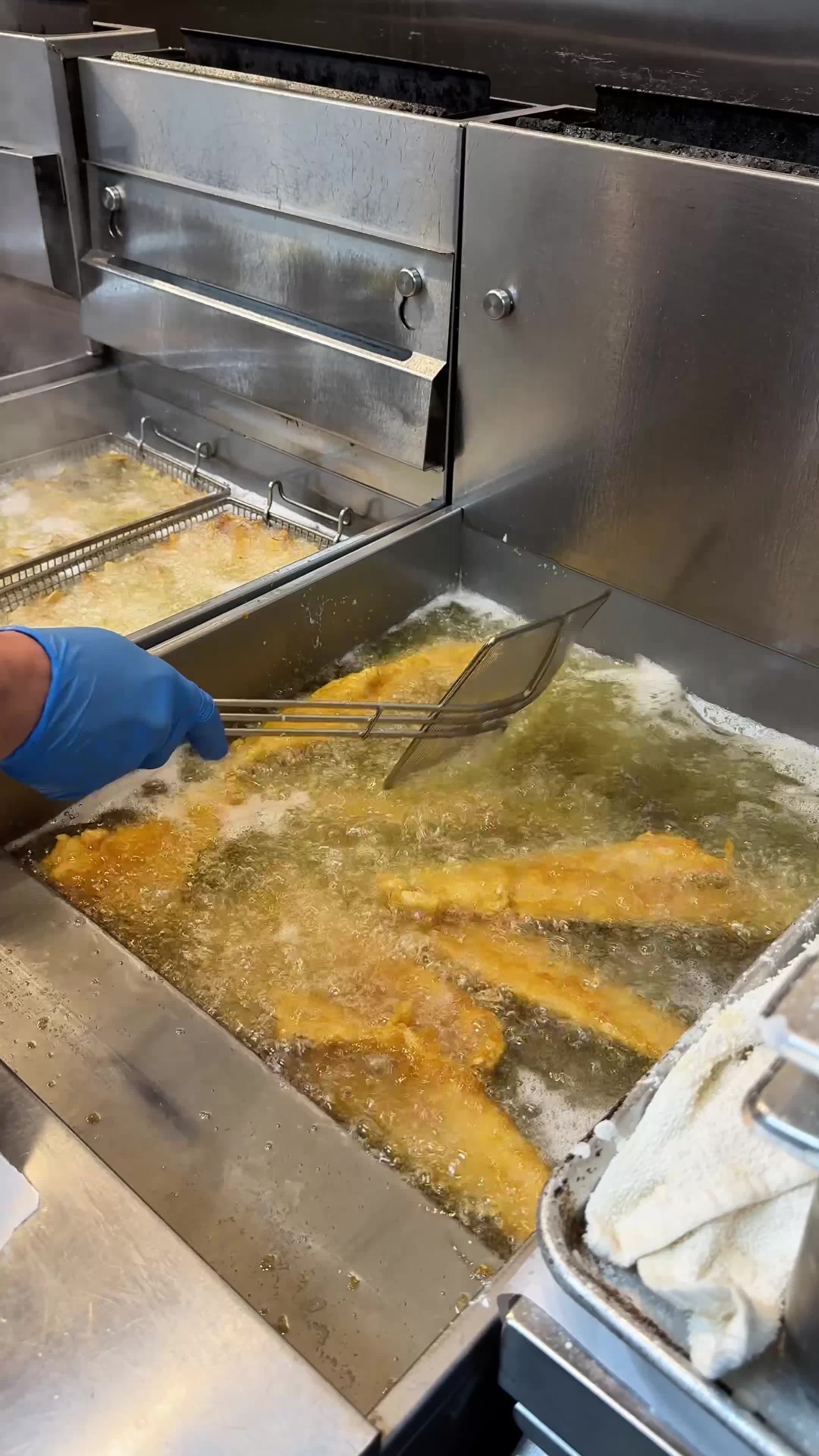McLeod Plantation is one of the most historically significant sites in Charleston, offering a deeply moving look into the realities of slavery, the Civil War, and Reconstruction. Unlike some of the grand, tourist-heavy plantations that focus on opulence, McLeod tells the full, unvarnished history—centering on the lives of the enslaved people who lived and worked here.
🌿 What Makes McLeod Plantation Unique?
Founded in 1851, McLeod Plantation sits on 37 acres along the Wappoo Creek. Rather than focusing on the wealth of the plantation owners, the site is dedicated to telling the real stories of the enslaved people, their struggles, and their resilience.
McLeod is an important part of the Gullah Geechee Cultural Heritage Corridor, helping preserve the history, language, and traditions of the descendants of enslaved Africans who lived along the Southeastern coast.
🏛️ What You’ll See at McLeod Plantation
🛖 Original Slave Cabins – Unlike other plantations where the homes of the enslaved have been erased or downplayed, McLeod has six original cabins still standing. These homes tell the stories of the families who lived here—before, during, and after emancipation.
🏡 The McLeod Family Home – A Greek Revival plantation house, built in 1854. While large, it's modest compared to some of Charleston’s more opulent plantations. Tours of the home focus on its role in slavery and the Civil War, rather than romanticizing the past.
🌳 Avenue of Oaks – A breathtaking row of ancient live oak trees, dripping with Spanish moss, leads up to the plantation house. These trees were standing long before the plantation was built, making them silent witnesses to history.
🚢 Wappoo Creek & The Civil War – The plantation sits along the water, which played a strategic role during the Civil War. In 1865, McLeod Plantation was seized by the Union Army and used as a hospital for the 54th Massachusetts Infantry—one of the first Black regiments in the U.S. military.
🕵️♂️ The Untold Stories: Life for the Enslaved at McLeod
Unlike other plantations that gloss over the horrors of slavery, McLeod directly addresses it. Walking the grounds, you’ll learn about:
The daily lives of enslaved families, from farming to forced labor.
The transition from slavery to freedom, as many formerly enslaved people remained on the land as freedmenafter the Civil War.
The Gullah Geechee community, whose culture and language still thrive in the Lowcountry today.
One of the most powerful parts of the tour is hearing the names and personal stories of some of the individuals who lived here—an important reminder that history isn’t just dates and events, but real people.
⚖️ The Civil War & Reconstruction at McLeod
During the final months of the Civil War, the plantation was seized by Union forces and became part of General Sherman’s Field Order No. 15—the order that promised 40 acres and a mule to freed Black families.
After the war, freedmen claimed the land, but when President Andrew Johnson reversed Sherman’s order, the property was returned to its former white owners. Many freedmen had no choice but to stay and work as tenant farmers or sharecroppers, essentially keeping them in a cycle of poverty and dependence.
📍 Why You Should Visit McLeod Plantation
It’s one of the most honest and historically accurate plantation sites in Charleston.
It prioritizes the voices of the enslaved and their descendants, rather than glorifying the plantation owners.
It’s a powerful, educational experience that will leave a lasting impact.
📌 Pro Tips for Visiting McLeod Plantation
📅 Hours: Open Tuesday–Sunday, closed Mondays. Guided tours are included with admission and run multiple times daily.
🚗 Location: 325 Country Club Dr, Charleston, SC 29412 (Just a few minutes from downtown Charleston)
🎟 Admission: Adults: $20 | Seniors/Military: $15 | Kids 3–12: $6 | Under 3: Free
📸 Photos are allowed, but be respectful—this is a place of remembrance, not just a tourist attraction.
💡 Best Time to Visit: Early morning or late afternoon for cooler temperatures and fewer crowds.




















